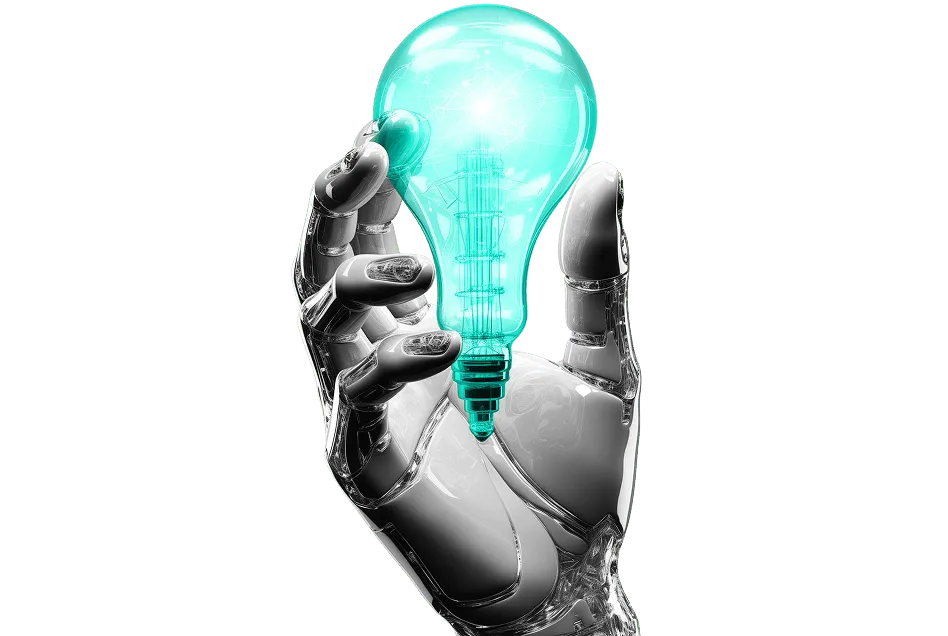Decoding Wage Inflation: A Forecasting Model Built for the AI Economy
A Framework to Predict, Quantify, and Act on Wage Risks
By filling up this form, you agree to allow Draup to share this data with our affiliates, subsidiaries and third parties
























Solve Wage Inflation with Strategic Workforce Planning
Traditional compensation models assume wage pressures will stabilize as markets cool. But our latest research shows a different reality: structural wage inflation, driven by deep market forces, is reshaping the cost of talent for critical roles such as AI Engineering.
Draup’s Wage Inflation Model acts as an early-warning system for HR and workforce leaders. It helps you spot the difference between temporary wage spikes and long-term structural pressure. This enables HR leaders to act early, reskill strategically, and prevent costly backfilling.
Key Components of Draup’s Wage Inflation Model
Cyclical vs. Structural Wage Inflation Mapping
Distinguish temporary wage spikes from persistent inflation tied to tech disruption and labor shifts.

City Tier & Market Dynamics Analysis
Assess how wage pressure behaves differently across Tier 1 vs. Tier 2/3 cities using Draup’s Market Saturation Index and Talent Volatility Coefficient.

Multi-Factor Forecasting Engine
Quantify wage pressure using a 0–100 score based on lagged demand, compa-ratio, attrition, inflation misalignment, and city tier data.
.svg)
Role-Based Risk Benchmarking
Compare wage pressure by role, geography, and level to inform pay strategy and reduce premium backfilling.
Why This Matters
Organizations that fail to distinguish cyclical from structural wage pressures risk being trapped in reactive hiring strategies. This report arms you with the intelligence to get ahead of the curve, so you can design sustainable talent strategies and protect enterprise margins.
Powered by unparalleled global labor & market data

.svg)

.svg)




.svg)












.svg)





























.svg)





.svg)
